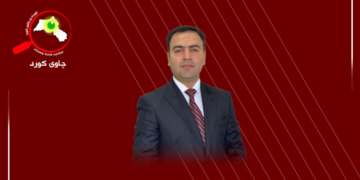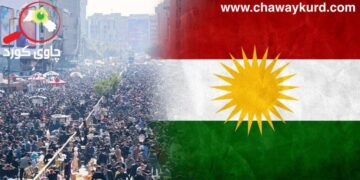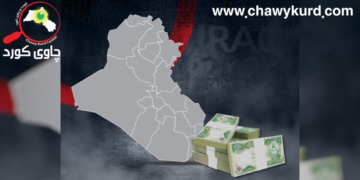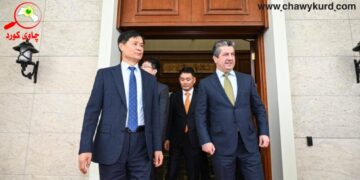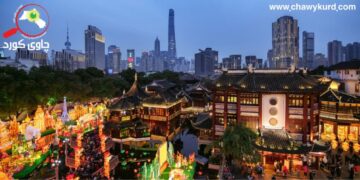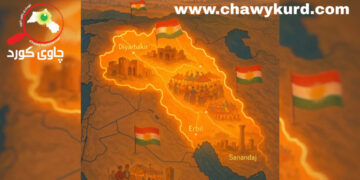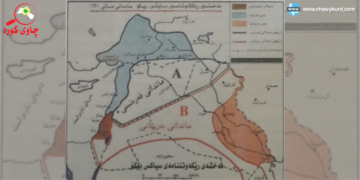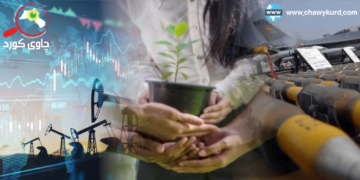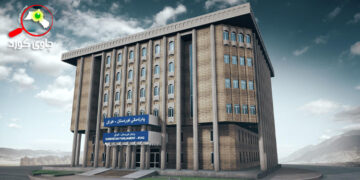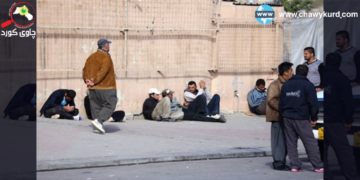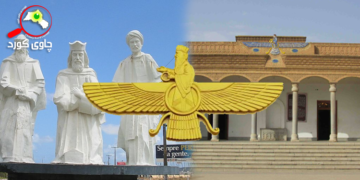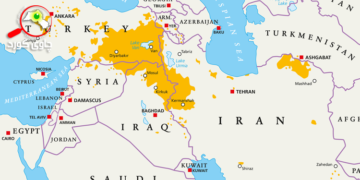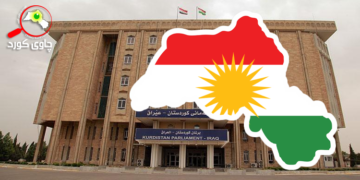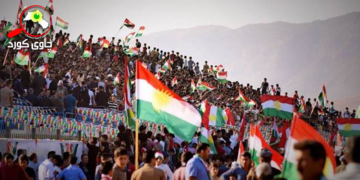Turkey is seriously pursuing economic development in its domestic policy structure. Economy, progress and development are at the top of the agenda of the country’s politicians. One of these programs is the construction of dams. The Turkish government launched the GAP project in the 1980s to collect, direct and manage the water resources of the Tigris and Euphrates. This project is one of the largest water projects in the world built on the Tigris and Euphrates rivers, which includes (22) dams and (19) hydropower plants.
The GAP project includes 22 huge dams with a capacity of 100 billion cubic meters, which is three times the capacity of the dams in Iraq and Syria Southeastern Anatolia (GAP) will need a large amount of water from these rivers in order to develop its southeastern lands agriculturally and industrially. Turkey’s excuse for building dams on the rivers is that the water of these rivers is within the boundaries of national waters, not international waters, for this purpose it points to its absolute sovereignty in this regard. In general, the Euphrates River (88%) and the Tigris River (50%) originate in Turkey. The area of the Gap project is about 706,288 square kilometers (9.7) of Turkey’s area. This project covers a large area of agricultural land estimated at 75,000 km. The water from this project accounts for about 47% of Turkey’s total water supply and 17% of Turkey’s total economy.
The majority of the population in the provinces where the Gap project is being implemented is Kurds. Turkey’s goals in building dams on the Tigris and Euphrates rivers include economic hegemony in the Kurdish-controlled region, industrial revival, responding to Turkey’s growing population and providing food. The Gap project is actually an attempt to create wealth in southeastern Turkey and to integrate the Kurds into the country’s economic and social system.
Turkey’s economic objectives; These include developing the industrial and economic sectors, exchanging water and oil, responding to the problem of population growth, using the economic card for political pressure, and resolving issues with the Kurds in the region. By implementing the GAP project, Turkey is trying to gain an influential position in the new international order. Fearing a loss of strategic balance and the possibility of marginalizing its role as a Western ally in the region, Turkey is trying to find a prominent role as an eastern power or at least try to make itself the center of polarization. By building dams and controlling the waters of Arab countries, Turkey can achieve its dream of becoming a prominent Eastern country. By doing so, Turkey could take over the supply of food to the population of the Middle East. On the other hand, bringing the Kurdish population under control, which has always been considered a serious threat to Turkey, will be achieved by managing water in the region.
Regarding the impact of this project on Iraq, it should be noted that a significant part of the Iraqi population has suffered problems, agriculture as the most important sector of Iraq has been affected by this project, then drought and acidification increased, moreover, migration has increased and a significant proportion of rural residents have been forced to migrate to cities, leading to unemployment and marginalization. In fact, this plan unilaterally benefits Turkey, ignoring the right to waterways, causing greater damage to Iraq.
The phased implementation of the Gap Project over the past few decades has had several environmental consequences including water pollution, loss of rare biological species of animals and plants, increased desertification, soil acidification, drying up of ponds and dust production in Iraq and Syria. Turkey is likely to try to establish hydro-hegemony in the region based on this plan. Hydro-hegemony is the dominance of a river basin through a strategy of controlling water resources. This type of strategy is implemented through tactics such as threats and pressure, contracts and infrastructure capacity building. One-third of agricultural land is expected to lose its ability to grow due to high acidification, so the security of the region is threatened due to lack of fresh water.





